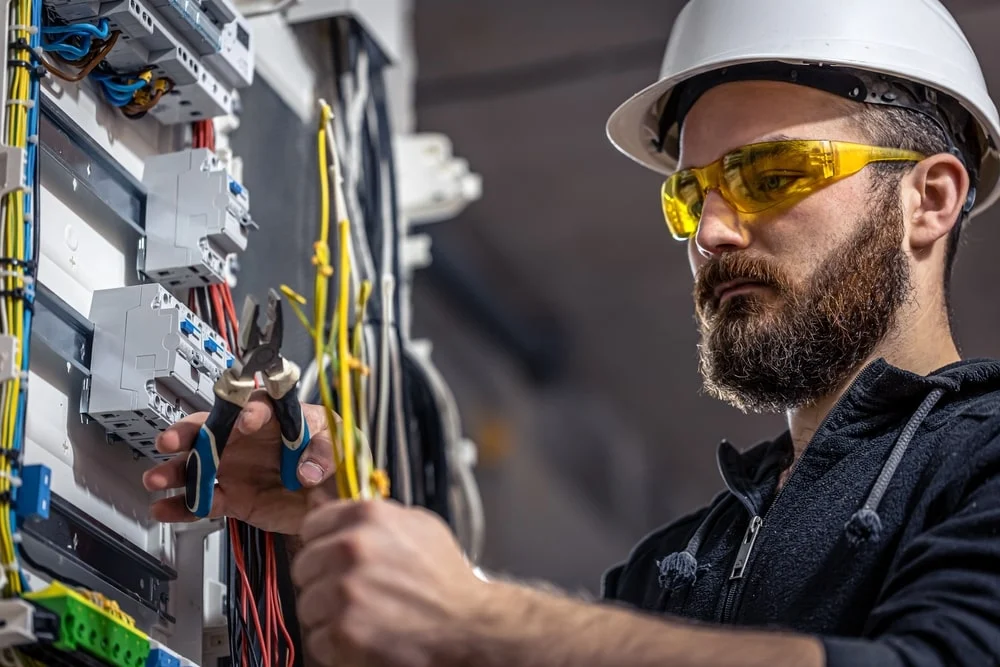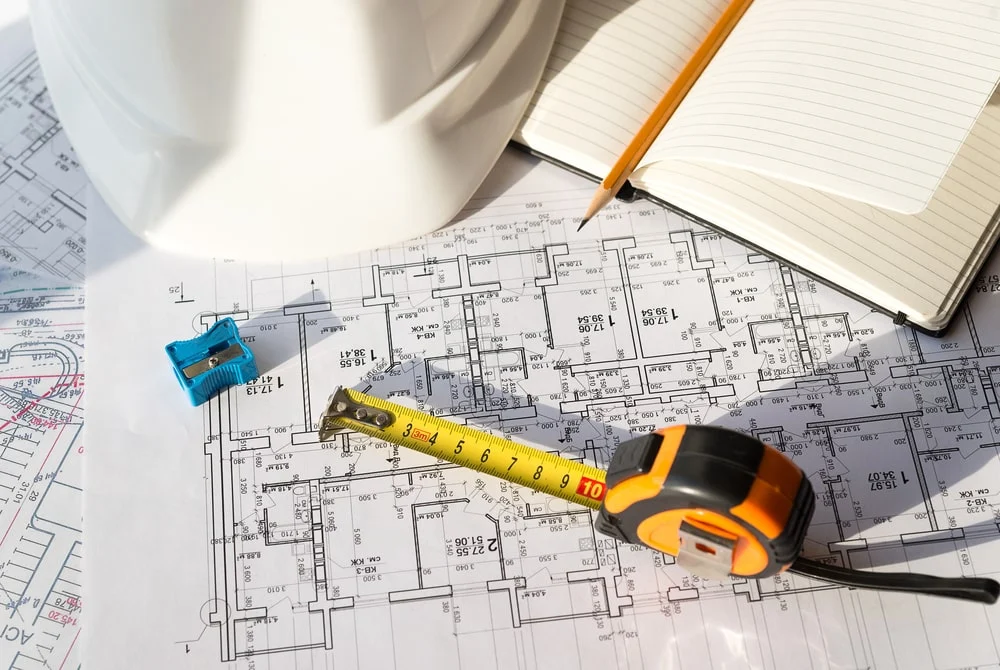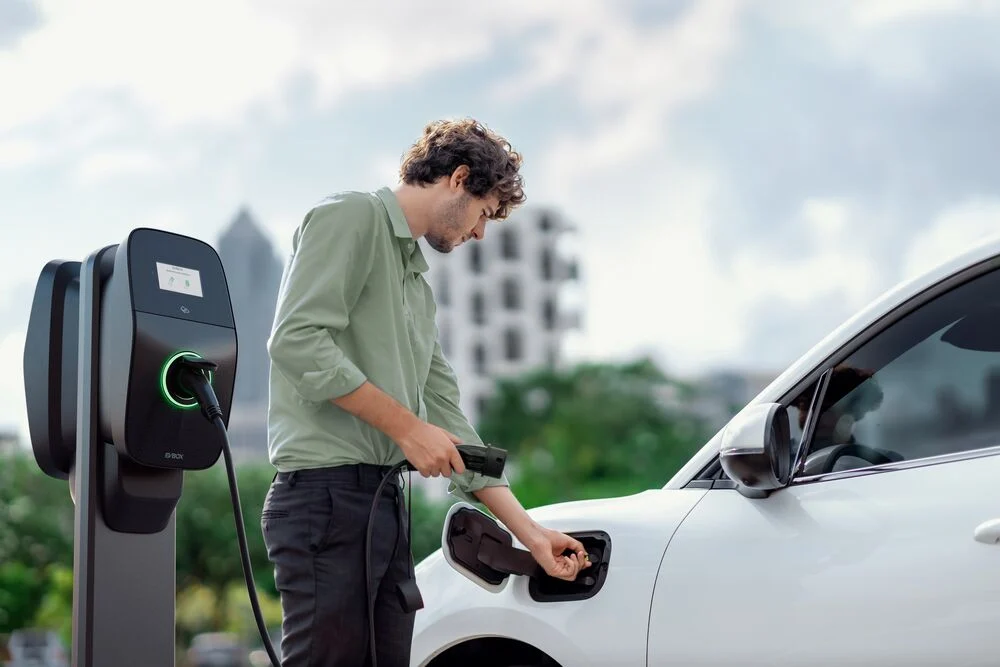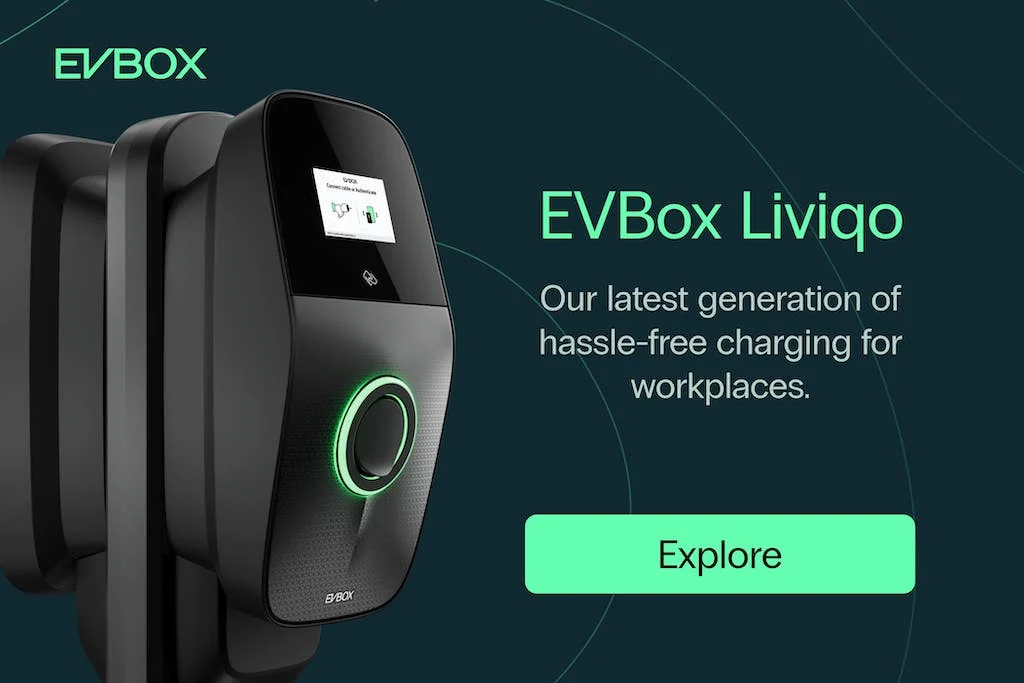The rise of workplace EV charging

Electric mobility is no longer a new trend, and you're likely finding that many of your employees now drive electric vehicles. Workplace EV chargers not only offer a valuable benefit to EV drivers but also help attract and retain top talent, boost sustainability efforts, and even be a source of revenue.
But if you've ever looked into installing EV chargers at your workplace, you might have been left with more questions than answers. From the preparations needed for your site to the installation itself and the associated costs, there are many variables involved in the process.
Let’s explore the key factors you need to consider when installing workplace EV chargers and provide you with a clear overview of the process and estimated costs.

Can you install workplace EV chargers yourself?
No, you won’t be able to install EV chargers without the help of a qualified installer.
Even the lowest-rated AC charging stations are high-powered electrical devices that can cause serious damage or pose safety risks if installed incorrectly.
Attempting to install them yourself may also void the manufacturer's warranty and could disqualify you from government grants, which can significantly reduce the upfront cost of the charger. In some countries, like France, it’s illegal to install an EV charger without a certified technician.
When investing in EV charging solutions, always ask if installation is included in the total upfront costs and handled by the company you purchase them from. If it isn’t, they likely have a list of certified installers who can assist you in getting the stations up and running.
Common installation challenges of workplace EV chargers
Installing EV chargers isn't a one-size-fits-all solution and must be tailored to the unique needs and constraints of your site.
Having limited power capacity
For example, your workplace’s existing grid connection might not be sufficient to support the additional load from EV charging without an upgrade. You might also face space limitations in your main electricity cabinet or meter box.

Underestimating connection possibilities for preferred charger locations
Sometimes the ideal spot for a charging station in your parking lot might not be the most practical from an electrical standpoint. You might need to factor in the cost of laying cables from your electricity cabinet to the charging stations.
Overlooking the way the EV charging stations will be used
Consider how the chargers will operate. For instance, if multiple stations will be used simultaneously, you'll need to manage the load to avoid overloading your building's power supply. You might also want to differentiate access and fees for different users—such as offering charging as an employee benefit or allowing visitors to use the stations.
It's wise to establish your company's charging strategy before installing the actual stations.

Many modern AC EV charging stations are more than just hardware—they come with smart features like connectivity and load balancing, making them highly versatile and capable of solving a wide range of challenges.
In this REVOLUTION Podcast episode, we spoke with Niklas Enkvist, Business Development Director at UTU OY, about the software side of EV charging stations.
Â
How to install a workplace EV charging station?
Below are the main steps in the installation process of workplace EV charging stations.
1. Conduct a detailed site assessment
Before deciding on the type or number of charging stations, it's a good idea to have a certified electrician assess your location to understand its specifics and how that will affect the installation.

This includes the planned location of the charging stations and a broader consideration of your building's electrical system. You'll need to factor in any groundwork, cable laying, and electrical cabinet adaptations required to support the chargers.
It's also important to think ahead and consider how your organization's EV charging needs may evolve, ensuring your installation is future-proof and easily scalable.
2. Evaluating your grid connection
One of the main factors affecting your EV charging installation is the capacity of your building's connection to the power grid. A typical AC charging station uses between 7.4 to 22 kilowatts (kW)—equivalent to 53 to 157 desktop computers or about 148 to 440 laptops.

Given the additional load from EV charging, it's essential to understand your available spare capacity and what upgrades are needed to prevent overloading your circuit.
However, having 10 AC charging stations with a maximum output of 11kW doesn’t mean you need to use all of them at once. Smart charging features, such as load balancing, can help distribute energy efficiently among the stations.
Linda Grave, CEO of EV Driver, explained the value of load balancing in this REVOLUTION Podcast episode.
Â
Smart charging features, such as load balancing, can optimize energy use and intelligently distribute the available capacity among the stations.
Other ways to optimize energy consumption include using smart scheduling and monitoring systems.
In this insightful episode of our REVOLUTION Podcast, Hanno Klausmeier, Director of SAP Labs France, shared how he managed to secure enough grid capacity without requesting more from the utility company.
Â
How long does it take to install workplace EV charging stations?
Installing an EV charger is more complex than simply plugging it into an outlet. The time it takes depends on the site's complexity and the scale of the work, ranging from a few days to several weeks or even months.
To get a better estimate, ask your technician to provide a detailed timeline, including what will be done at each stage. This will help you plan accordingly and minimize disruption to your workplace.
What are the installation costs for workplace EV chargers?
Cost is a major concern, especially since installation often makes up 60–80% of the total cost of workplace EV charging.
As a rough estimate, installing 10 AC workplace chargers in the EU could cost around €15,000. Labor would account for approximately €8,000, and the remaining €7,000 would go toward components like wires, switches, and circuit breakers.
The exact cost varies based on the type of charger, installation complexity, location, and regional factors such as labor costs, regulations, and incentives.

Getting started with workplace EV charging
Installing EV charging stations at your workplace can be more complex than it seems. Fortunately, smart charging solutions like load balancing and connectivity features can help solve—or even prevent—many common challenges.
Not all EV charging stations and installation services are the same. Planning carefully and considering the factors outlined in this article can ensure a smooth process and prevent unexpected issues.
Meet EVBox Liviqo - Hassle-free charging that works for your business
If you’re looking to install EV charging stations at your location, take a look at our latest solution, the EVBox Liviqo, which is designed for hassle-free workplace charging. It's scalable, smart, connected, and helps tackle many of the installation challenges discussed in this article.

Â







